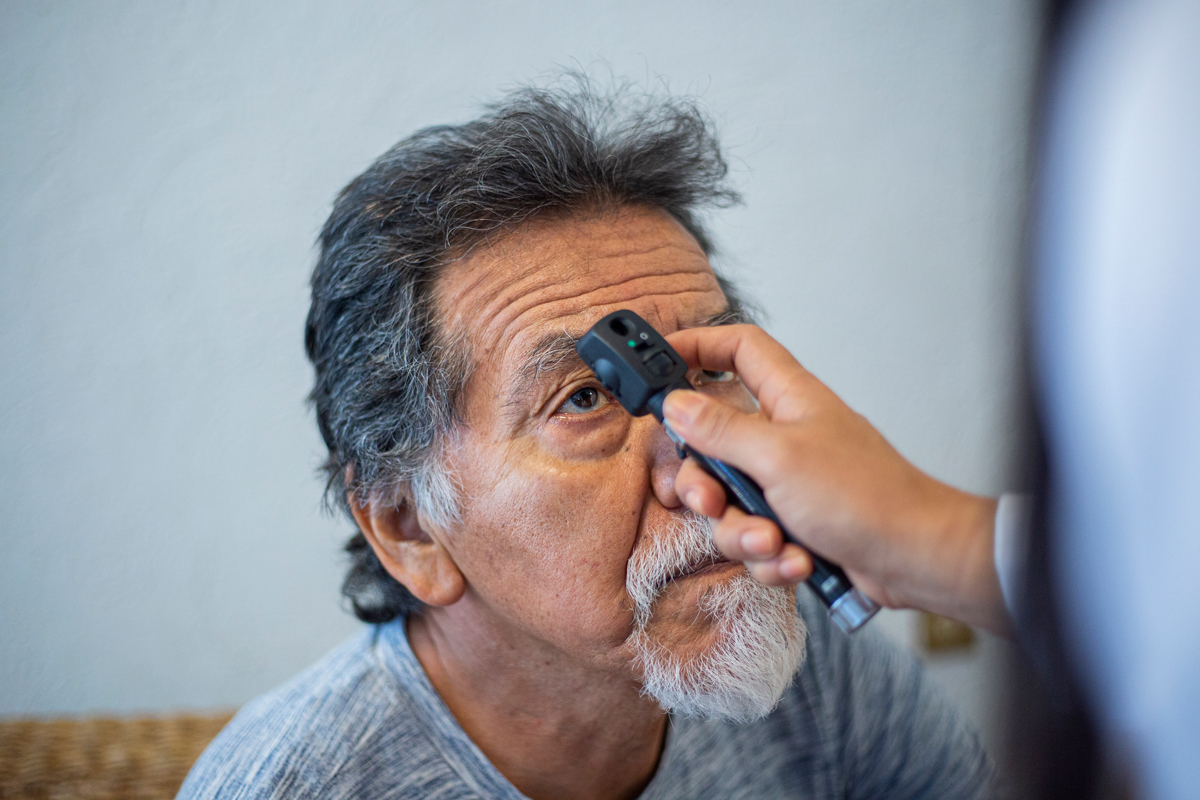 |
|
Multiple minority groups are underrepresented in clinical trials for DME and RVO when compared with census data, study finds. Photo: Getty Images. |
While the US has grown increasingly ethnically diverse over the years, much of the medical literature in eye care is lagging behind. Last month a study in Eye documented a bias toward research sites in Northeastern US cities and a new one recently published in JAMA Ophthalmology particularly outlines what this looks like for patients with diabetic macular edema (DME) and retinal vein occlusion (RVO). The retrospective review looked at randomized clinical trials for the two conditions, comparing their distribution of race and ethnicity against US Census data.
The report included 23 trials, spanning the years of 2004 to 2020. For each trial studied, the number and percentage of each ethnicity was recorded. All the non-white percentages were low compared to 2010 US Census data (see table).1
Ethnicity | In Clinical Trials | From Census Data |
American Indian, Alaska Native or Other Pacific Islander | 0.4% | 1.1% |
Asian | 4.4% | 4.8% |
Black | 9.6% | 12.6% |
Hispanic | 10.1% | 16.3% |
White | 80.4% | 63.7% |
Based on these percentages, the researchers determined underrepresentation in two trials for indigenous populations, 10 for Asians participants, nine for Black participants and 15 for Hispanic participants. White participants were starkly overrepresented in 14 trials, comparatively.
An invited commentary on the original study further elucidates what underrepresentation in clinical trial data may mean for patients affected by DME or RVO. Specifically for Hispanic and Latino participants, underrepresentation poses a problem because of the prevalence of diabetes and hypertension in these groups. The Hispanic population’s status as the fastest-growing demographic in the US further indicates why better representation is needed in these trials.2
The commentary also provides data on magnitude of the difference between expected and observed proportional representation in the trials. They explain that this discrepancy was 10% or greater in nine trials for Hispanics, 10% or greater in five trials for Black participants and less than 5% for Asians.
One important point the commentary makes is that the study’s aim might have been better served by using disease prevalence rates rather than census data as the basis for comparison, since both DME and RVO have been previously observed to greater affect the Black and Hispanic population. This highlights an even higher potential underrepresentation, calling for better measures to correct the issue.
Luckily, there have been numerous efforts more recently to enhance the diversity seen in vision research, such as local interventions by individual residency and fellowship programs. Despite these efforts, the discrepancy still remains in the data, prompting the commentary authors to write that eye doctors “should be aware of the underrepresentation of racial and ethnic minority groups in many of these trials and the potential for limited generalizability of trial results for underrepresented groups.”2 In a similar outreach, the study authors suggest “these findings support the need for more efforts to recruit underrepresented minority groups, which could improve the generalizability of RCT results and in turn help address health care disparities and better serve diverse populations.”1
1. Kaakour AH, Hua HU, Rachitskaya A. Representation of race and ethnicity in randomized clinical trials of diabetic macular edema and retinal vein occulation compared to 2010 US Census data. JAMA Ophthalmol. October 6, 2022. [Epub ahead of print]. 2. Baxter S. Representation matters—diversity in retina clinical trials. JAMA Ophthalmol. October 6, 2022. [Epub ahead of print]. |

